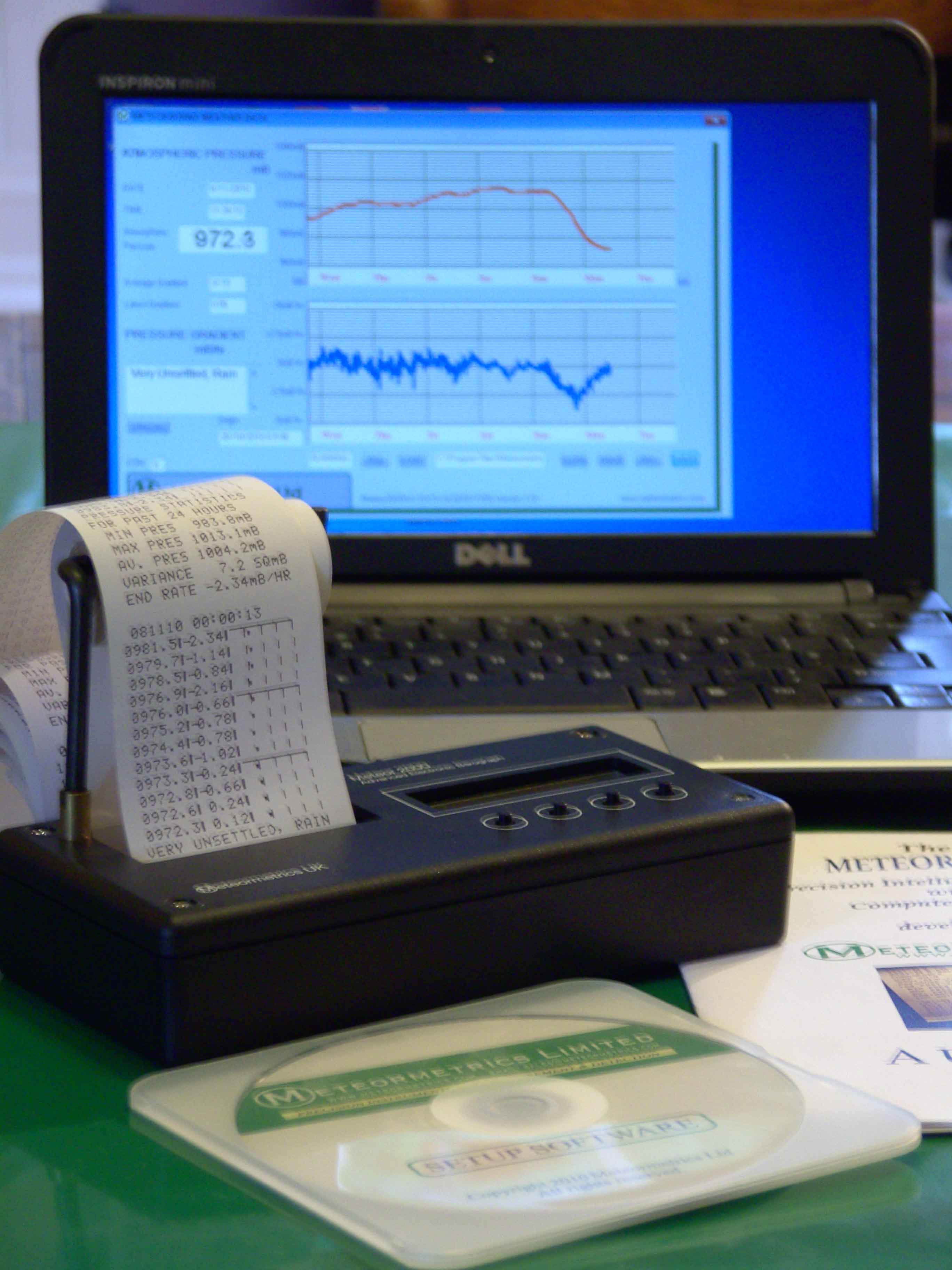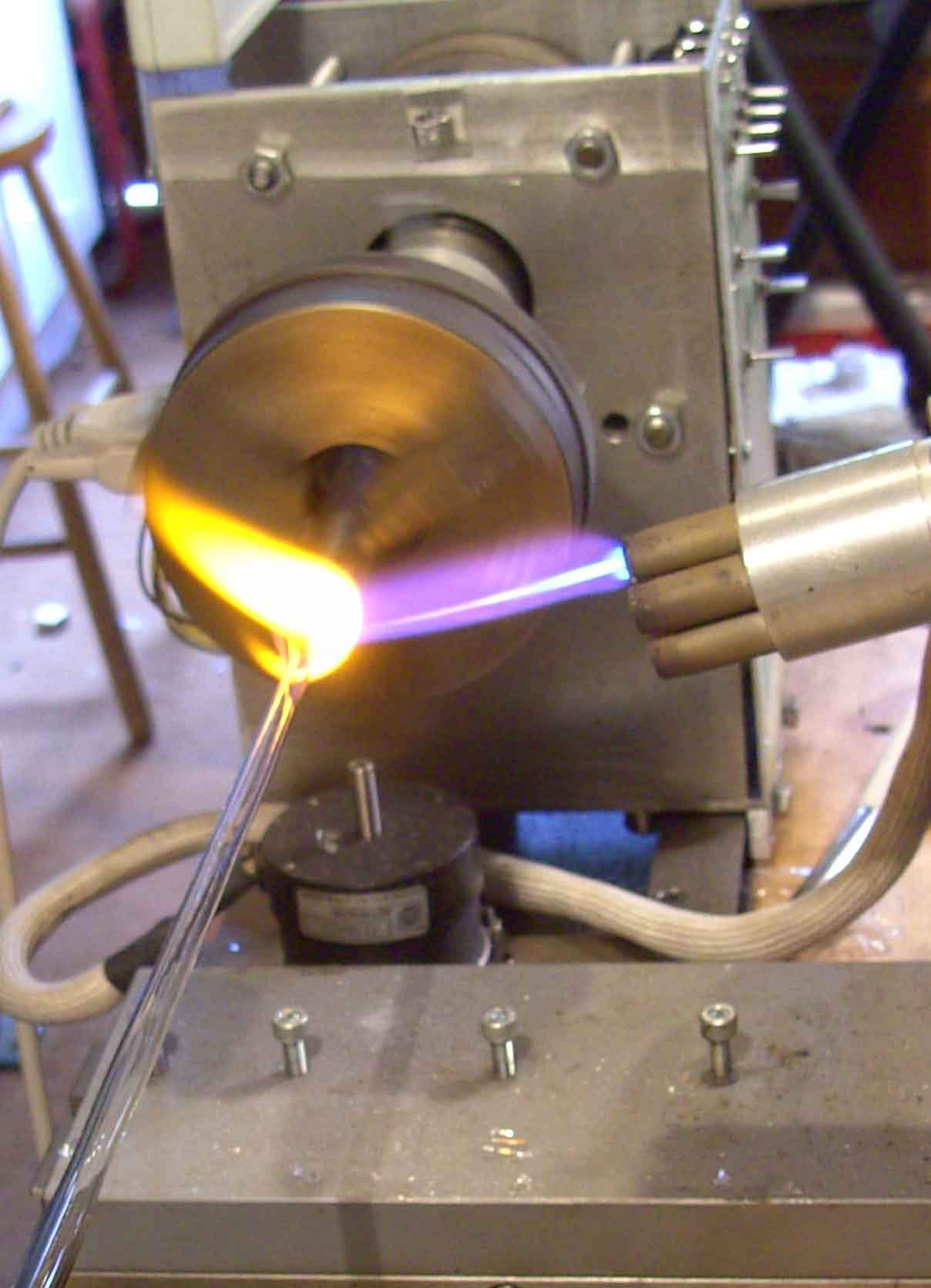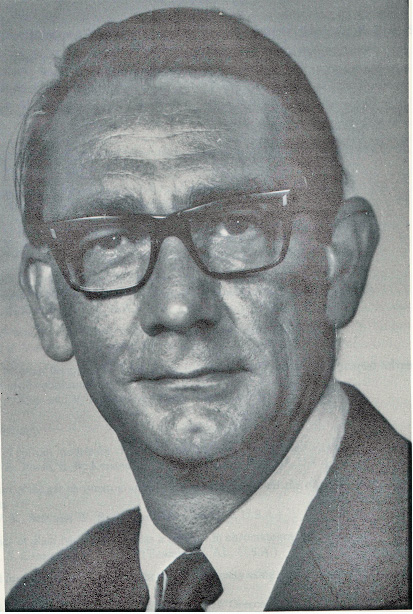ANALYTICAL SPECTROSCOPY
by Raymond P. W. Scott
D.Sc., F.R.S.C., C.Chem., C.Sci. F.A.I.C, F.C.S.
Essential Information for the Analytical Chemist

Specialising in custom-designed, precision scientific instruments, built, programmed and calibrated
to the most exacting standards. The range includes precision dataloging barographs,
with built-in statistical analysis, Barographic Transient Event Recorders
and computer-interfaced detectors and sensors
for environmental monitoring & process control.

A site dedicated to scientific techniques, experimental methods, &
investigative tools for the inventor, researcher
and laboratory pioneer. Articles on glassblowing, electronics, metalcasting, magnetic
measurements with new material added continually. Check it out!
www.drkfs.net
Raman Sensors and Detection
Raman
sensing or detection systems can be divided into two types, the
single-channel
systems and the multi-channel
systems. The single channel system involves sensing the light
scattered at a selected wavelength. DC sensing and amplification is
hardly used today due to limited sensitivity. It has been almost
completely replaced by photon counting employing photo-multipliers
that have a wide dynamic counting range. Raman studies demand that
the photo-multiplier has an extended red response and a very low dark
count. In practice this entails, for example, the use of the cooled
GaAs photocathode (e.g.
the RCA C3100 series and the Hamamatsu R928). Many sensors used are
still the Ge detectors but the more sensitive InGaAs sensors have now
become popular. These have been shown to be superior and are seven
times more sensitive than the Ge sensors. The photo-multiplier output
is fed to a discriminator amplifier that detects only electron
‘bursts’ and, thus, can count the photons arriving at the
sensor.
Multi-channel
detection systems involve the use of Diode Array sensors that
(depending on the resolution of the array) simultaneously sense the
Raman Scattering at each wavelength over a wide range of wavelengths.
Due to the finite size of each diode, the system must compromise
between resolution (i.e.
the wavelength range per diode) and the band-width (i.e.
the total wavelength range covered by the array). For a given array,
the higher the chosen resolution the smaller the band-width will be.
The resolution may often be further reduced by cross-talk between the
individual diodes.
The
output from the sensor is acquired by a computer (which normally also
controls the rest of the instrument) carries out any appropriate
corrections, subtracts individual spectra if required and present the
results in the form of a Spectrum usually as a curve relating Raman
scattering intensity against Raman shift.

About the Author
RAYMOND PETER WILLIAM SCOTT was born on June 20 1924 in Erith, Kent, UK. He studied at the
University of London, obtaining his B.Sc. degree in 1946 and his D.Sc. degree in 1960.
After spending more than a decade at Benzole Producers, Ltd. Where he became head of
the Physical Chemistry Laboratory, he moved to Unilever Research Laboratories as
Manager of their Physical Chemistry department. In 1969 he became Director of Physical
Chemistry at Hoffmann-La Roche, Nutley, NJ, U.S.A. and subsequently accepted the position
of Director of the Applied Research Department at the Perkin-Elmer Corporation, Norwalk, CT, U.S.A.
In 1986 he became an independent consultant and was appointed Visiting Professor at Georgetown
University, Washington, DC, U.S.A. and at Berkbeck College of the University of London; in 1986
he retired but continues to write technical books dealing with various aspects of physical chemistry
and physical chemical techniques. Dr. Scott has authored or co-authored over 200 peer reviewed
scientific papers and authored, co-authored or edited over thirty books on various aspects of
physical and analytical chemistry. Dr. Scott was a founding member of the British chromatography
Society and received the American Chemical society Award in chromatography (1977), the
M. S. Tswett chromatography Medal (1978), the Tswett chromatography Medal U.S.S.R., (1979),
the A. J. P. Martin chromatography Award (1982) and the Royal Society of Chemistry Award in
Analysis and Instrumentation (1988).
Dr. Scott’s activities in gas chromatography started at the inception of the technique,
inventing the Heat of Combustion Detector (the precursor of the Flame Ionization Detector),
pioneered work on high sensitivity detectors, high efficiency columns and presented fundamental
treatments of the relationship between the theory and practice of the technique.
He established the viability of the moving bed continuous preparative gas chromatography,
examined both theoretically and experimentally those factors that controlled dispersion
in packed beds and helped establish the gas chromatograph as a process monitoring instrument.
Dr. Scott took and active part in the renaissance of liquid chromatography,
was involved in the development of high performance liquid chromatography and invented
the wire transport detector. He invented the liquid chromatography mass spectrometry
transport interface, introduced micro-bore liquid chromatography columns and used them
to provide columns of 750,000 theoretical plates and liquid chromatography separations
in less than a second.
Dr. Scott has always been a “hands-on” scientist with a remarkable record of accomplishments in chromatography ranging from hardware design to the development of fundamental theory. He has never shied away from questioning “conventional wisdom” and his original approach to problems has often produced significant breakthroughs.


